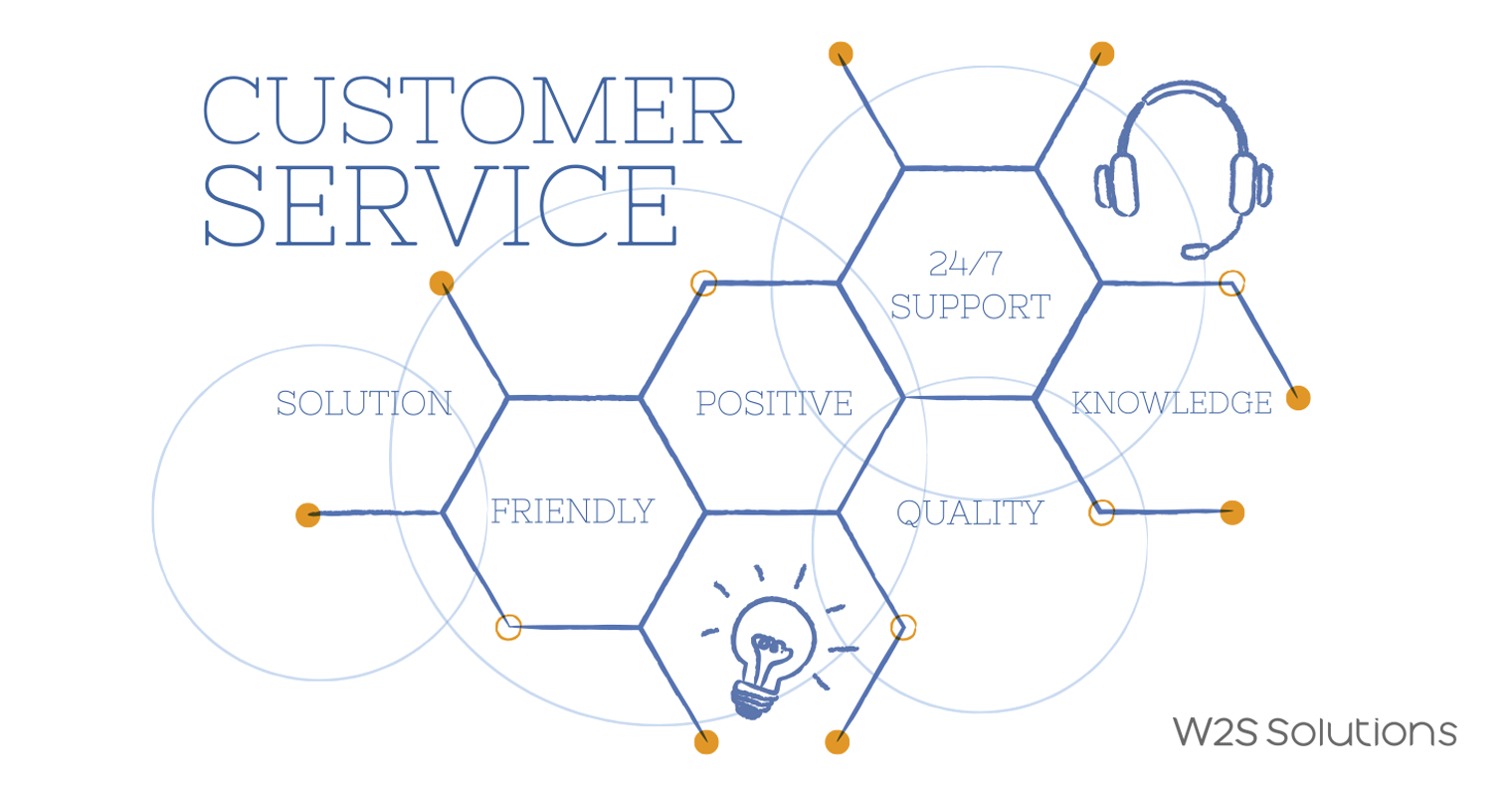Loyal customers are the foundation of any thriving business, and in today’s digital world, gaining and keeping that loyalty is more important than ever. Personalization is a valuable approach that helps brands connect with, attract, and keep customers by offering customized experiences. It plays a major role in boosting customer satisfaction and driving business success. This blog explores why focusing on personalization is crucial and how it can greatly enhance a brand’s growth in the rapidly changing digital environment.
Why Should Brands Focus on Personalization?
Brands should focus on future personalization trends to build stronger relationships with their customers and provide more customized experiences. As consumers increasingly expect personalized interactions, brands that embrace this trend can stand out, increase customer loyalty, and improve satisfaction. Personalization helps brands shift from a one-size-fits-all approach to a more personal and engaging narrative.
For example, Nike allows customers to customize their products, making them feel more connected to the brand and boosting their loyalty. To make this possible, brands are now using modern technologies such as data engineering, machine learning, advanced behavior analysis, and more. These technologies help understand customer preferences and behaviors, leading to more relevant and personalized experiences.
Amazon’s recommendation engine is another great example, suggesting products based on individual browsing and purchase history, which increases engagement and sales. Consistent personalization across all customer interactions ensures a smooth experience, enhancing retention and supporting long-term growth. By focusing on personalization trends, brands can strengthen their customer connections and achieve lasting success in a competitive digital market.
What does Personalized Branding mean?
Personalized marketing is a strategy to pave the way to communicate with individual customers based on their preferences, and previous interactions. This type of approach will analyze the customer data to deliver relevant messages, recommend products, and services by enhancing the user experience and increasing engagement. The goal of personalized marketing is to engage customers by providing services that individuals need for their app or website.
Let us discuss the things to be focused on for the personalization of the brands which will provide the desired output as the customer expects.
Artificial intelligence:
AI is revolutionizing how brands engage with users by making personalization smarter and more efficient. Let us explore how AI is rephrasing the digital landscape.
Understanding User Preference: AI can analyze massive amounts of data quickly. This means it can identify patterns in user behavior, such as which products or content they like. For example, if a user frequently watches travel videos on a streaming platform, AI can recommend similar videos to keep the user engaged.
Automated Personalization: AI algorithms can automatically create personalized recommendations without human intervention. For example, an online store might use AI to suggest products based on recent searches and purchases, making it easy for the users to find the product.
Enhancing Customer Support: AI-powered chatbots can provide personalized assistance by understanding and responding to specific questions and needs. This makes customer service more efficient and tailored to individual queries.
Predictive Analytics:
Predictive analytics uses past data to forecast future behavior, which can make personalization strategies even more precise. Let us discuss how it works.
Anticipating Needs: By analyzing past actions, predictive analytics can predict what you might want in the future. For example, if you regularly buy books, it can suggest new releases or similar books that you might be interested in.
Optimizing Marketing Efforts: Brands can use predictive analytics to tailor their marketing campaigns to specific groups of users. This means you’re more likely to see promotions and offers that are relevant to you, rather than irrelevant ads.
Improving User Experience: Predictive analytics helps in crafting a smoother user experience by anticipating what you need before you even search for it. This could be anything from suggesting products to predicting your next preferred action on a website or app.
Hyper-Personalization:
Hyper-personalization takes personalization a step further by creating experiences that are extremely tailored to your context and behavior. Hyper-personalization leverages advanced technologies like artificial intelligence and machine learning to predict what the customer needs at the moment. This makes the customer feel understood and valued.
Real-Time Adjustments: Hyper-personalization adapts to context and offers based on real-time data. For example, if you are browsing a website during lunchtime, it might show you nearby restaurant recommendations or special lunches.
Behavioral Triggers: This approach triggers users based on the actions to offer relevant content. If you leave items in the online shopping cart, you might receive a personalized email with a discount to encourage you to complete the purchase.
Context Relevance: Hyper-personalization takes the time of the day, location, and even the weather. For example, a weather app might offer tailored clothing recommendations based on current weather conditions in a specified area.
Dynamic Content:
Dynamic content refers to content that changes based on interactions and preferences, making the digital experience more engaging.
Customized Interface: Dynamic content allows websites and apps to adjust their layout and content based on what you like. For example, a news website might show articles related to your favorite topics right at the top of the page.
Personalized Offers: Dynamic content helps in delivering personalized promotions and discounts. If you frequently browse sports gear, an e-commerce site might show you special offers on the latest sports equipment.
Adaptive Layouts: Websites and apps can use dynamic content to modify their design and features based on user behavior. This ensures that the most relevant content is highlighted, making your interaction more enjoyable and relevant.
Summing up,
The future of the digital world is fully dependent on personalization. Customers want experiences that are tailored to their preferences and needs. By focusing on trends like AI-driven personalization, predictive analytics, hyper-personalization, and dynamic content, brands can build strong connections with their audience. Keeping up with these advancements helps create meaningful interactions, leading to more effective marketing strategies and better customer engagement.




